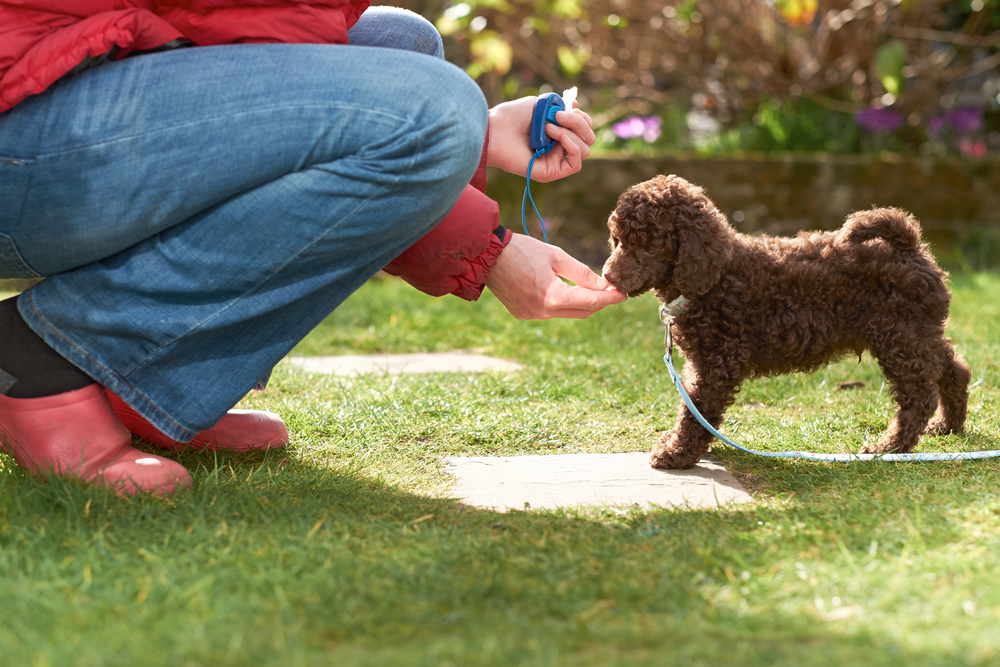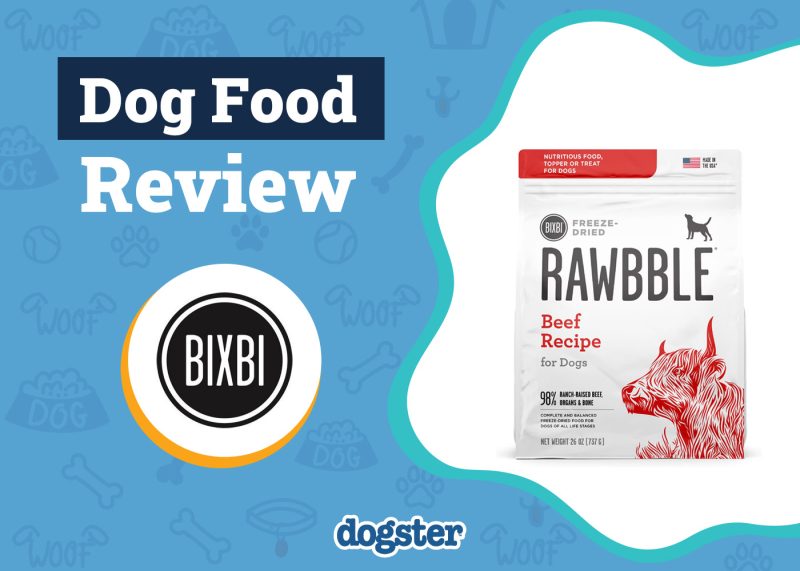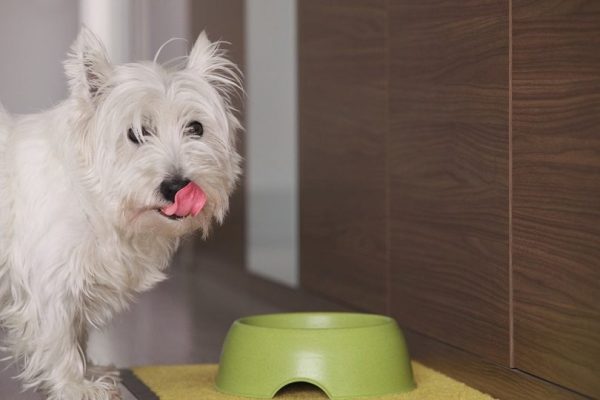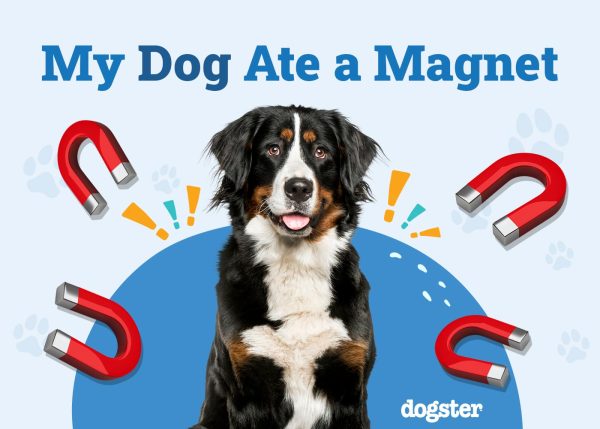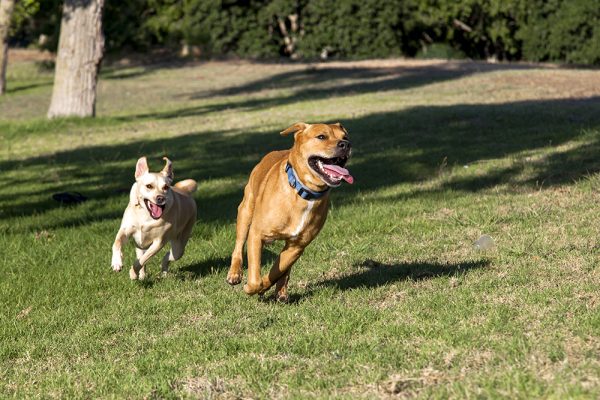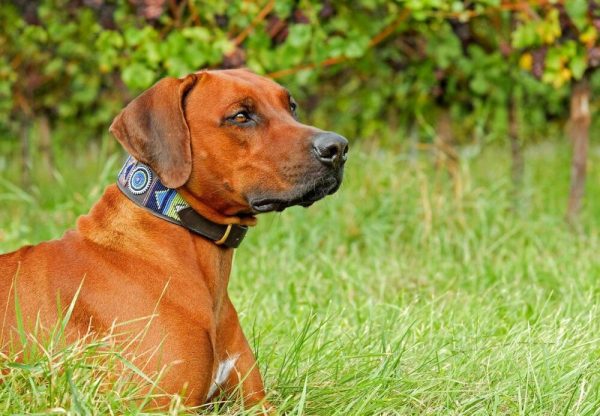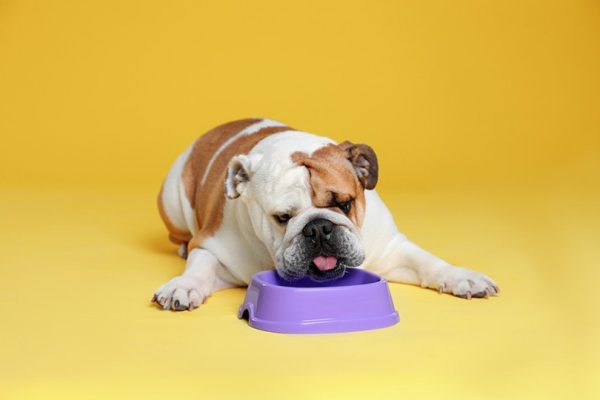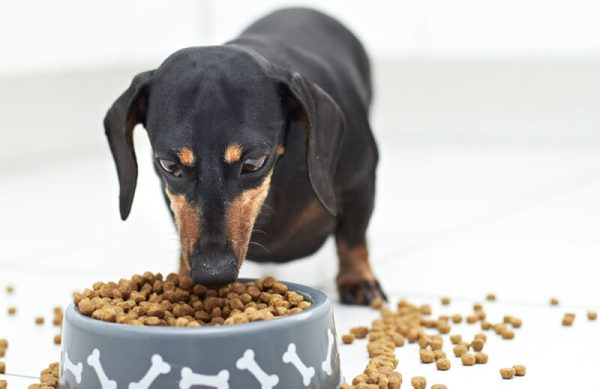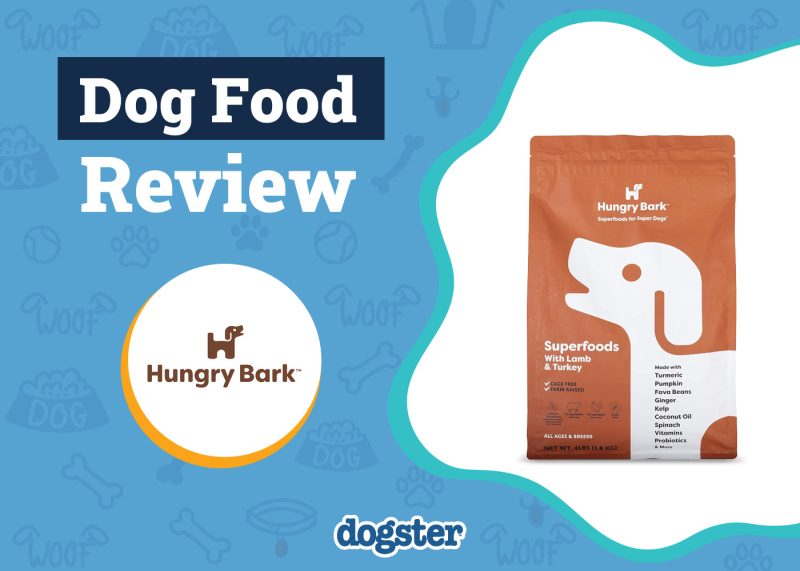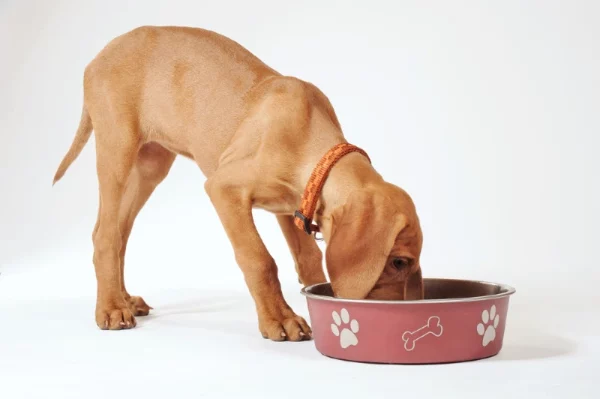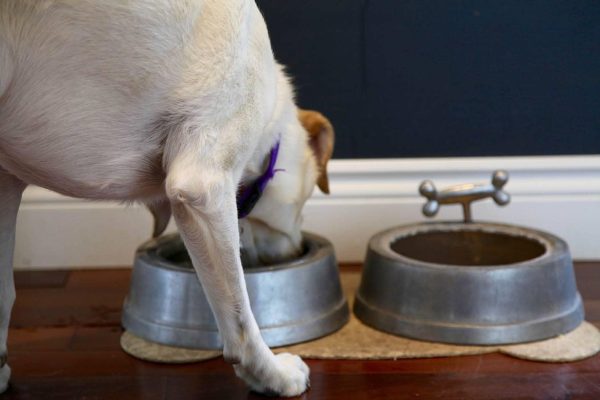In this article
View 4 More +It may be a copout to say we’re only as good as our tools, but there’s no denying that the proper arsenal can make us more efficient in any given task. Dog training is a perfect example, and the supplies we choose help us deliver better rewards, swifter punishments, and more control to enhance learning and shape our dogs into well-behaved canine citizens.
With the proper equipment, you’ll always be ready for effective training. Prime your dog for success by learning the ten essential dog-training supplies you’ll need and how to use them.

The 10 Essential Dog-Training Supplies

Walking and Outdoor Supplies
1. Leash
- Our Pick: PetSafe Nylon Dog Leash

A reliable leash is crucial when training and socializing your dog. It allows you to keep everyone calm and safe in uncertain situations. You can explore new environments and meet new people while controlling your dog and stopping their reactivity from creating a negative experience.
Your everyday leash is usually a 6-footer. While options like retractable or adjustable leashes offer versatility as your training progresses, an inexpensive standard leash like the PetSafe nylon dog leash provides a sturdy hold and keeps your dog close to make loose-leash training effective.
When using a leash as a training tool, a central goal is to get your dog to focus on you and not try to pull and runoff. You can reward the loose leash and give your dog treats or the opportunity to sniff around when they check in with you. The lead also lets you train your dog to heel, desensitize them to different environments, and condition positive responses to various stimuli, all crucial steps toward allowing them off-leash.
2. Long Leash
- Our Pick: Frisco Training Dog Leash

A long leash is a transitional tool to train behaviors outside before letting your dog operate leash-free. With a long leash, you can give your dog the sensation of freedom and a chance to explore away from you while keeping them in control, safe, and unlikely to engage in unwanted behavior.
A straightforward option like the Frisco training dog leash gives you all the durability and effective performance to take your dog’s training to the next level. Long lines over 15 feet are ideal for keeping dogs outside their tolerance threshold for various outdoor stimuli, allowing us to desensitize them and reward calm behavior.
They’re also enormously helpful when progressing through recall training. You can increase the distance between you and your dog in different settings and with various distractions while ensuring they stay successful in their sessions.
3. Harness or Collar

A dog harness or neck collar provides a place to display ID tags in case your dog gets lost and to clip your leash while outside. Collars give handlers better control over the head and reduce pulling, but they may cause pain and potential injury.
Many owners use harnesses as a welfare consideration, giving their dogs a more comfortable and secure leashing point. Harnesses are especially helpful when you transition to long-line training. If your dog takes off too quickly, you don’t want them to accelerate into a full sprint before suddenly stopping by their neck.
Harnesses can be a safer option in more places, with front-clip varieties like Chai’s Choice Premium Outdoor Adventure front-clip dog harness helping to prevent pulling.

Rewards
4. Training Treats

Training treats are instrumental in most positive reinforcement strategies. A tasty treat is the primary reinforcer, showing our dogs that their behaviors result in rewards. Treats can charge marker words or clickers to enable more efficient training. We can offer treats when capturing or shaping behaviors or luring dogs into desirable actions.
For purely positive training methods, it’s almost impossible to make forward progress without a tantalizing food reward. Treats have different levels of value, ranging from low-value kibble to high-value hunks of cheese or boiled chicken. As trainers, we must choose treats appropriate for the occasion and the importance of the behavior.
They should offer at least enough appeal to draw your dog’s focus over any other rewarding stimulus and be adequately valuable to emphasize how crucial the behavior is to perform. For everyday training to teach new behaviors, bite-sized and healthy treats like Blue Buffalo Blue Bits training dog treats offer the irresistible taste and nutritious ingredients you can deliver in abundance.
No matter what you feed your dog, treats should only account for no more than 10% of your dog’s daily caloric intake, so be careful to monitor how much you reward your pet.
5. Balls, Ropes, and Other Toys
- Our Pick: Chuckit! Ultra Rubber Ball

Balls, flying discs, ropes, flirt poles, and countless other toys give owners fun activities to share with their dogs. The exciting play lets us bond with our dogs and supply exhausting exercise, helping them stay relaxed, docile, and easier to train. At the same time, toys can be training tools to teach commands like “drop it” or act as primary reinforcers to promote desirable behaviors.
Safe, durable toys are ideal. You want toys that will last because they can become hazardous for your dog to chew when they start falling apart. A toy like the ultra-bouncy, water-friendly Chuckit! Ultra rubber ball features rugged construction and fun interactive qualities to entertain your dog through countless uses.
6. Chews and Feeder Toys
- Our Pick: KONG Classic Dog Toy

Chews and feeder toys provide mental enrichment to ease stress, prevent boredom, and exhaust your dog to keep them relaxed. When training, a chew may be a jackpot prize for excellent behavior. You can also use it to take your dog’s mind off alternative unwanted behaviors, like gnawing on the furniture or your shoes.
The KONG Classic dog toy is one of the most popular toys to keep your dog happy and healthy when you’re busy elsewhere. Fill it with their favorite treats, and they have a lasting source of engagement to help them stave off separation anxiety and keep them focused on healthy outlets for pent-up energy.

Training Facilitators
7. Clicker
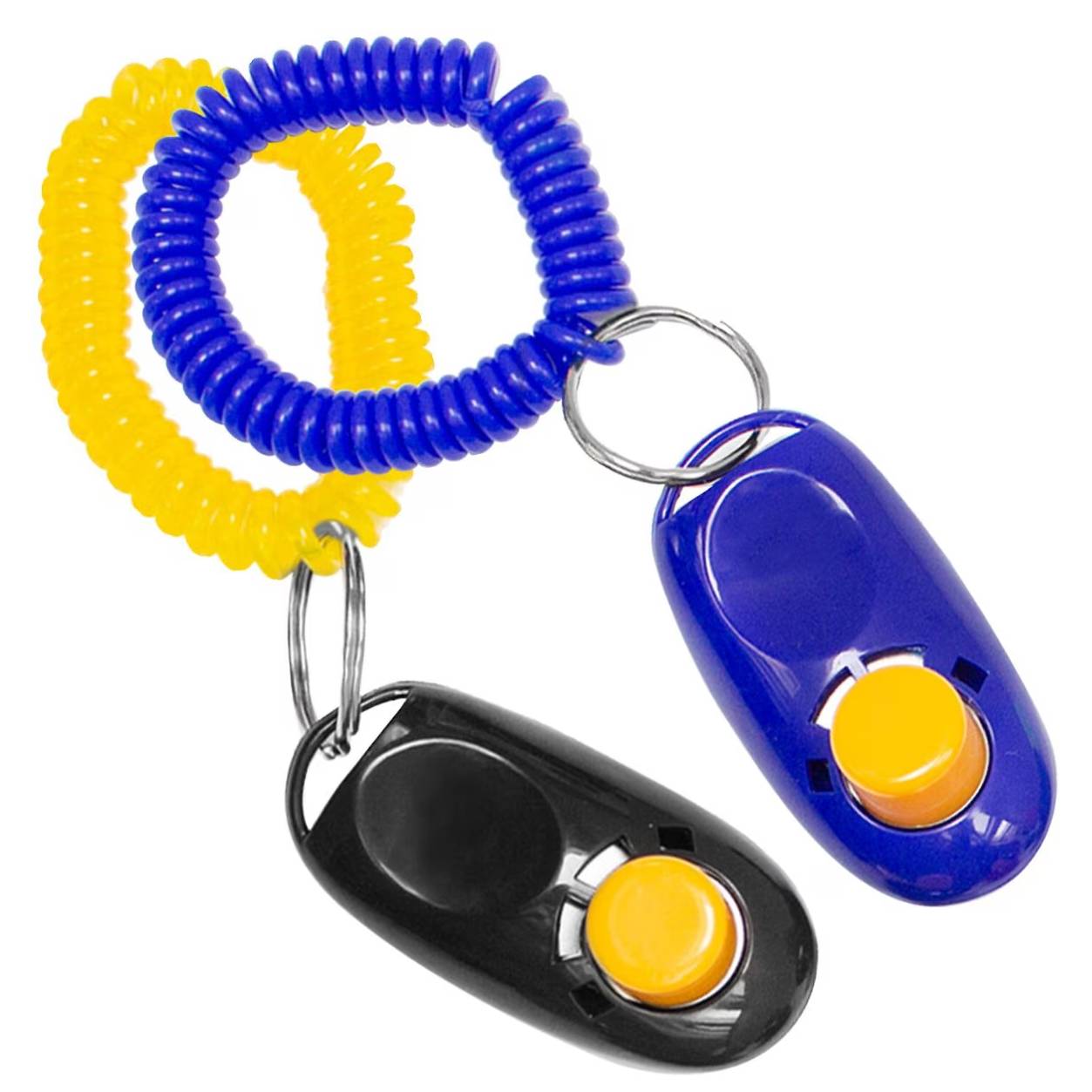
A clicker is a secondary reinforcer in positive reinforcement training. You charge the clicker by clicking and giving a treat immediately. Click, treat, repeat. Eventually, your dog will see the click as rewarding, giving it value while training. You can then use the clicker to mark your dog’s actions and tell the dog, “You’re doing good, and I approve of this behavior.” With repeated use, it reinforces the association between their behavior and rewards.
By marking desirable behaviors, you can make them more likely to happen later. Although clickers aren’t necessarily more effective than other markers, the consistent sound and simplicity of hitting a button make them a practical addition to an efficient training toolkit.
You don’t need anything fancy. A no-frills, low-priced clicker like the Downtown Pet Supply clicker is more than enough to quickly and accurately mark behaviors and promote the manners you want.
8. Treat Bag
- Our Pick: PET N PET Dog Training Treat Pouch
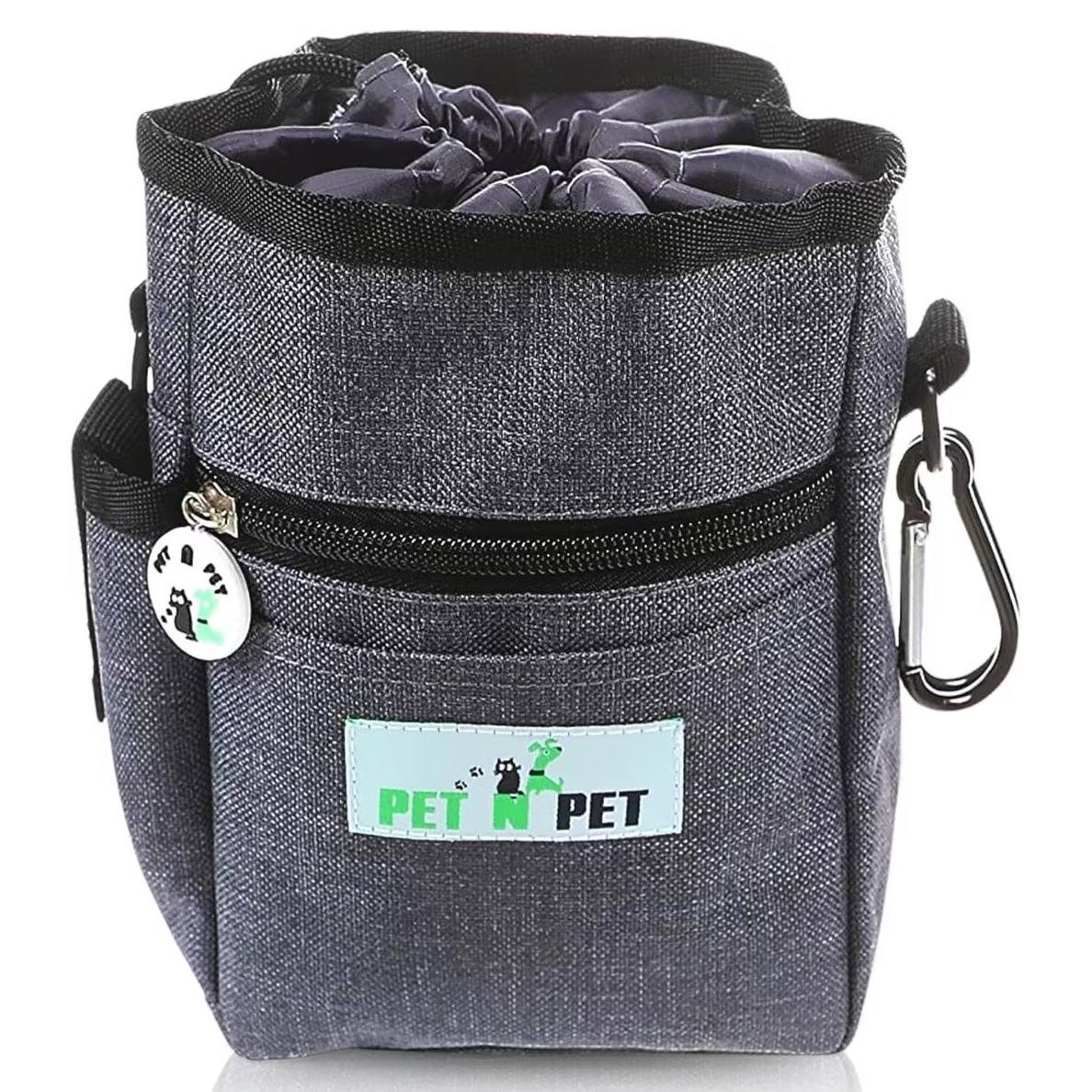
A treat bag makes training much more convenient, offering a hassle-free area to securely hold your treats and make them readily accessible so you can promptly reward your pup. Bags fit comfortably around the waist and include added features to keep your other tools in an easy-to-reach spot.
Products like the PET N PET treat pouch can store your phone, waste bag, keys, and anything you might need for a successful training session or neighborhood outing.

Indoor Training Supplies
9. Dog Crate
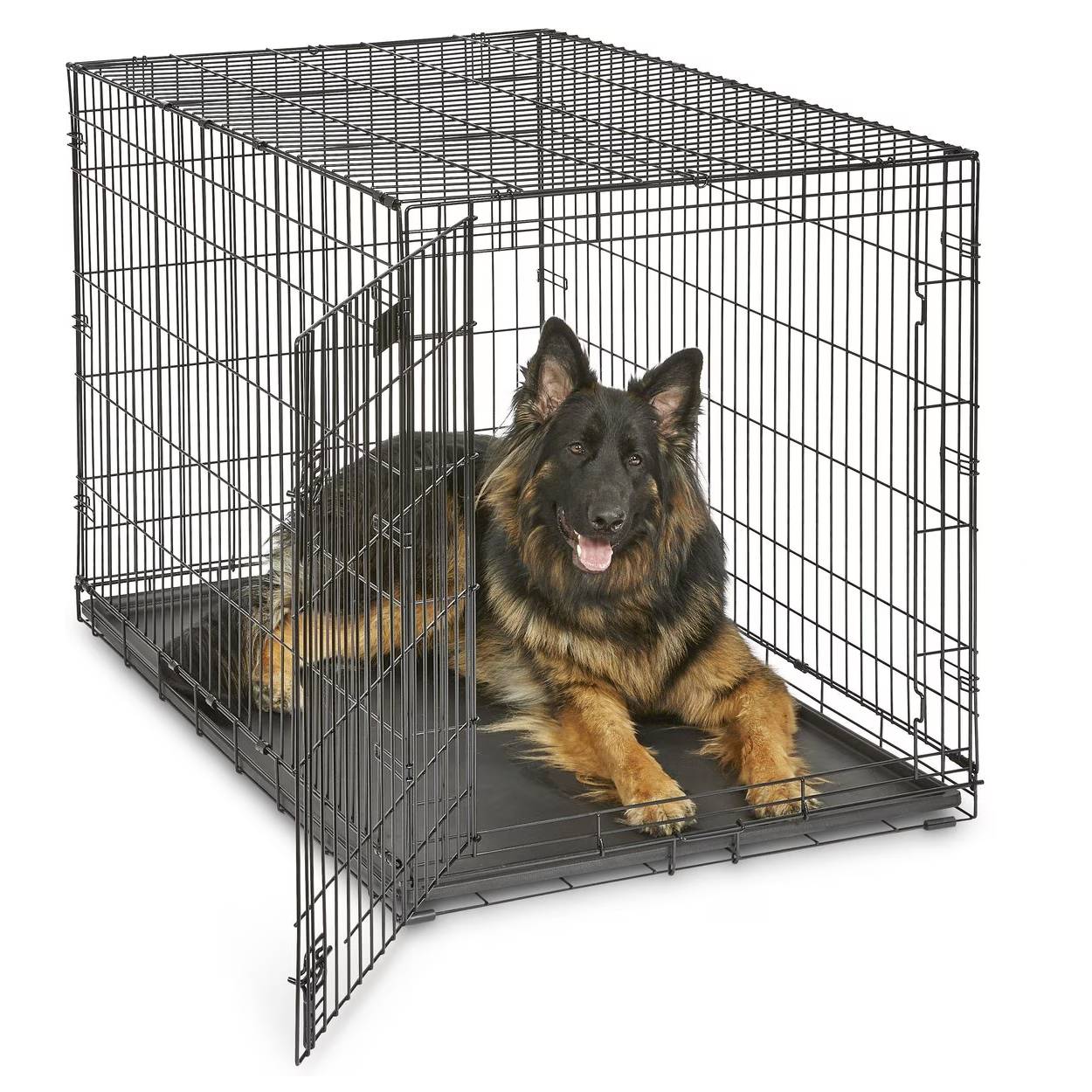
An appropriately sized and sturdy crate like the MidWest iCrate fold and carry single door collapsible wire dog crate is one of the most helpful tools for housetraining a dog. It gives your dog a secure and comfortable space, a solution for controlling your dog indoors, and an ease of stress when they’re alone.
Dogs don’t like to potty where they sleep. When they’re young and have trouble controlling their bladder, keeping your dog in a crate during naps and downtime can significantly decrease the chance of indoor accidents. Your house stays cleaner, and your dog learns to potty outside much faster.
Crates must be rewarding if they’re to be effective. You can’t throw your dog into their crate as punishment. It must be a relaxing den they are excited to use. Give your dog treats and praise when they enter it and supply high-value toys they can only get in the crate to give it a positive meaning.
10. Enzyme Cleaner
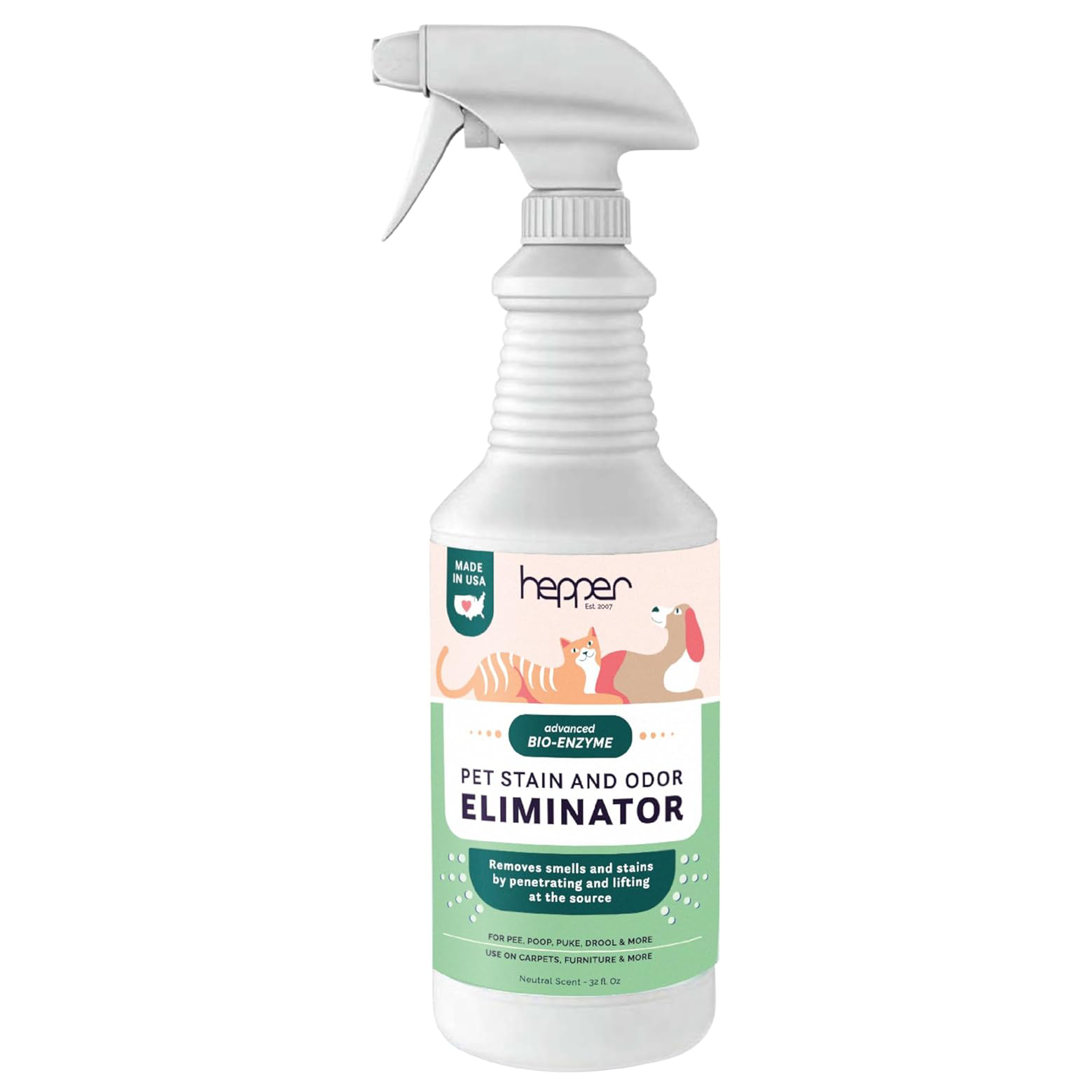
Accidents are bound to happen during potty training, but if you want to keep them as one-off occurrences, you must clean them as thoroughly as possible. Dogs like to pee in places they’ve gone before, using the scent to find previous potty spots.
With powerful noses, they only need the faintest hint of a past stain to encourage repeat behavior. While many cleaners can make the smell and stain go away to our satisfaction, most can’t remove every last trace.
You need an enzyme cleaner like the Hepper Advanced bio-enzyme cleaner. The targeted formula uses bacteria and enzymes that actively degrade any urine compound they touch, continuing to work until the stain is gone. The smell never returns, and your dog has a more challenging time finding their once-favorite indoor potty spot.
At Dogster, we’ve admired Hepper for many years and decided to take a controlling ownership interest so that we could benefit from the outstanding designs of this cool pet company!

Nice-to-Haves
Some training supplies are non-negotiable and necessary to make your dog’s education progress smoothly. Other items aren’t essential but can have unique benefits at various training stages. Although you may not need these tools, you can appreciate the convenience and efficiency they offer.
- Hands-free training leash: A leash that wraps around the torso so you can keep both hands available
- Calming aids: Treats, pheromone diffusers, vests, and collars to help your dog relax and desensitize them to troubling stimuli
- Backup leash: A second 6-foot leash in case your dog chews through their leash, it gets damaged, or you lose it
- Recent dog training literature: Dog training is always evolving, and expert insights in the latest books will keep you up to date on the most effective methods
- Portable training mat: A roll-up mat is a portable station where you can send your dog on command when needed
- Whistle: A loud, consistent tone can facilitate recall, particularly an emergency recall

Conclusion
A proper assortment of tools will keep your dog safe, focused, and willing to learn, making training faster and more enjoyable for everyone. The best part is it doesn’t have to be expensive!
The market is full of unique tech to improve life with pets, but sticking with these essential dog-training supplies is all you need to transform your dog into the social, well-behaved companion you’ve always wanted.
Featured Image By: Duncan Andison, Shutterstock
